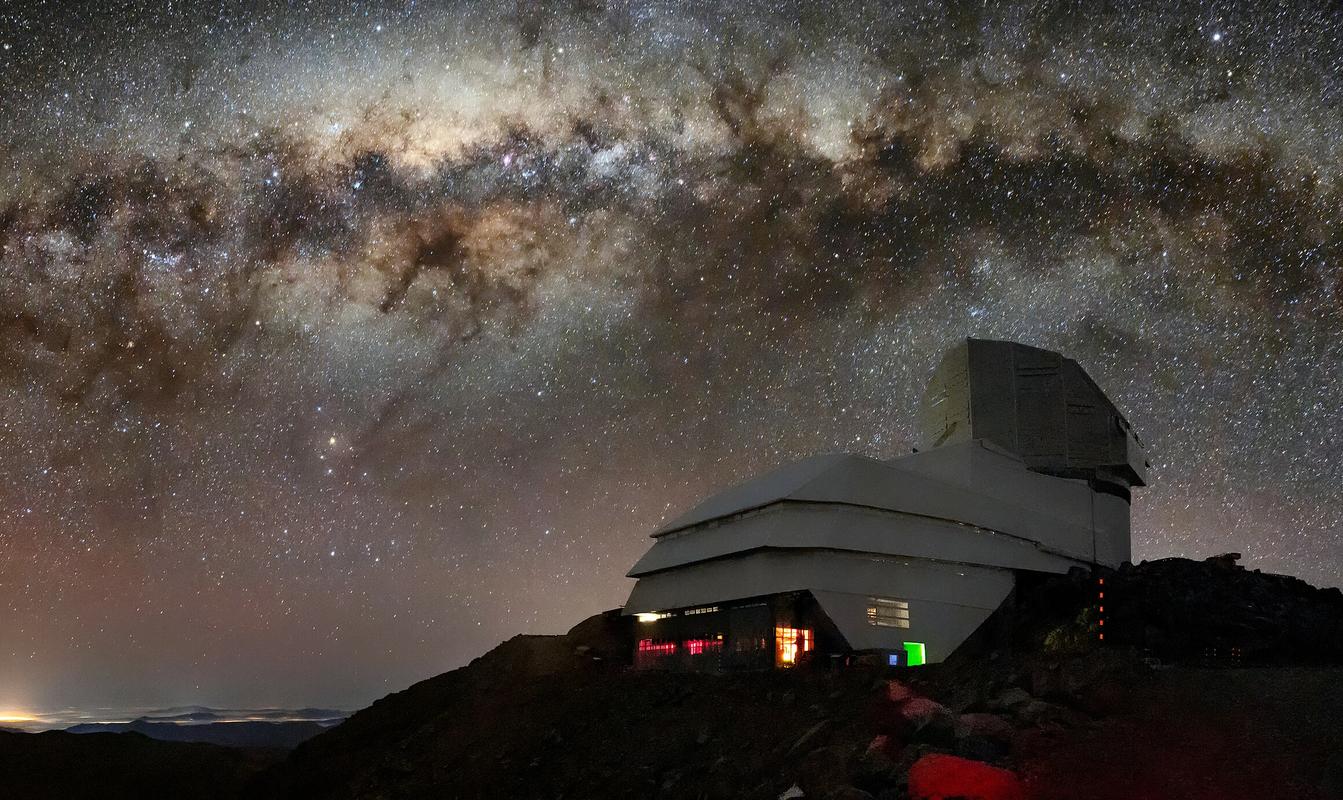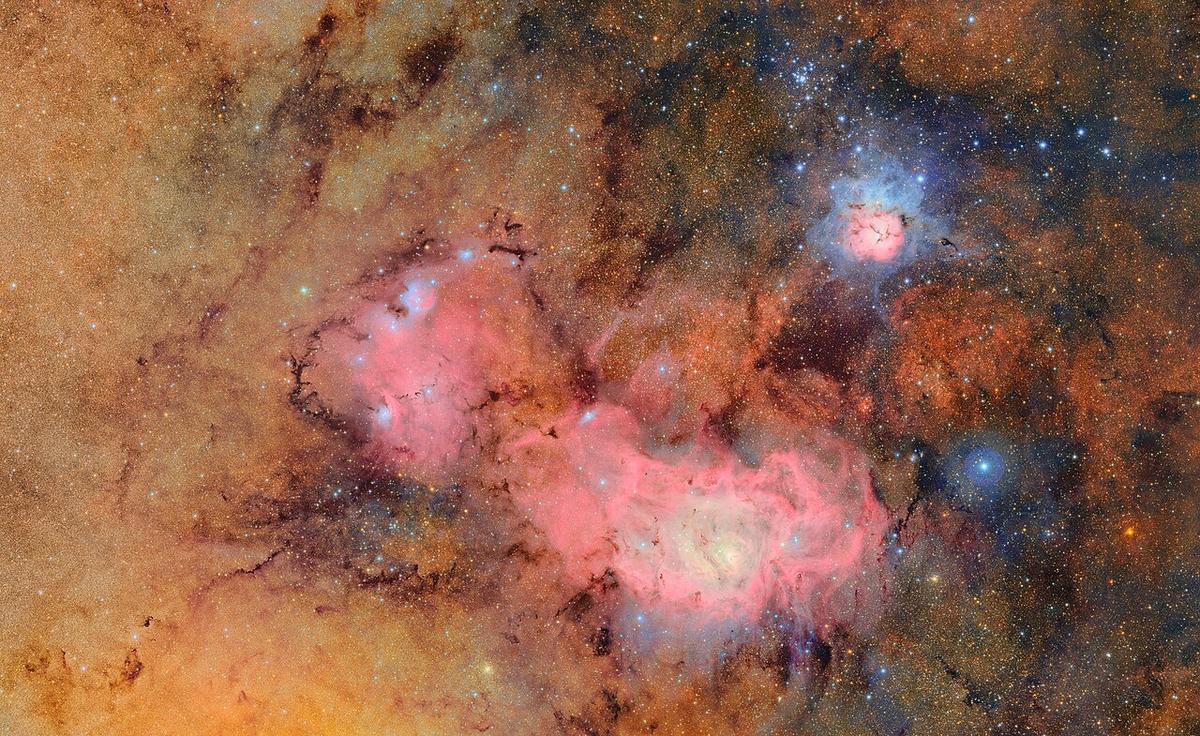Cerro Pachón, Chile —(Map)
On Monday, scientists released the first pictures taken by the Vera C. Rubin Observatory in Chile. The observatory has a powerful new telescope that’s designed to take complete pictures of the southern night sky over the next ten years. It’s expected to bring huge changes to the way scientists study space.
The Rubin Observatory is named after Vera Rubin, an astronomer known for her work studying dark matter.* The observatory was built with money from the US National Science Foundation and the Department of Energy. But it’s located on top of a mountain in Chile, far from the lights of cities.

(Source: Rubin Observatory/NSF/AURA/B. Quint [CC BY 4.0], via Wikimedia Commons.)
The observatory’s main telescope uses the world’s largest digital camera, which is roughly the size of a car, to take images that are extremely detailed. The pictures are so detailed that it would take 400 high quality TVs to fully display just one of its images.
The telescope can be adjusted to take pictures of different areas of the sky. The observatory is designed to capture complete images of the entire southern night sky every few days. These images can be combined like a time-lapse movie. By comparing newer images to older ones, the observatory can spot things that are changing in the night sky.

(Source: RubinObs/NOIRLab/SLAC/NSF/DOE/AURA/F. Munoz [CC BY 4.0], via Wikimedia Commons.)
The observatory is still being tested, and won’t start running officially until later in the year. But in April, the telescope was turned on, and the first images of the night sky were taken.
Two days ago, scientists released samples of the pictures and videos taken by the observatory. The results represent only a tiny part of the huge amount of information the project is expected to collect, but they show just how powerful the tool is.

(Source: NSF–DOE Vera C. Rubin Observatory [CC BY 4.0], via Wikimedia Commons.)
In just ten hours of test images, the observatory spotted 2,104 asteroids that had never been seen before. Seven of those asteroids had orbits that come close to Earth, though none of them are dangerous. Astronomers believe that once the Rubin Observatory is running, it will reveal millions of undiscovered asteroids.
One of the most exciting things about the Rubin Observatory is that it’s designed to capture things that are only visible for a short time. That could include exploding stars or objects traveling from other solar systems.
Scientists say the observatory could identify as many as 10 million changes in the sky each night. The observatory will notify a large group of scientists, who will review the information and decide which objects and events should be studied more closely.

(Source: RubinObs/NOIRLab/SLAC/NSF/DOE/AURA [CC BY 4.0], via Wikimedia Commons.)
The amount of information generated by the observatory is going to be massive. The observatory described it as “more data than everything that’s ever been written in any language in human history.”
But astronomers expect that this data will change the way they work. Instead of focusing on small areas of the sky, they’ll be able to search through all the information captured by the observatory over time. Kevin Reil, who works at the observatory, calls it a “discovery machine”. He says it will allow scientists to study stars, galaxies, and other things in space in a “truly new way”.
Did You Know…?
Some astronomers believe there could be another large planet hiding in our solar system, far away from the Sun. If it’s there, the Rubin Observatory is probably our best chance of detecting it.
* “Matter” is anything that takes up space and has mass (mass is similar to weight). “Dark matter” describes a special kind of matter that acts differently from the matter that we can see. Scientists believe dark matter doesn’t shine or reflect light, but that its gravity helps hold the universe together. Studying dark matter is one of the main goals of the Rubin Observatory.
😕
This map has not been loaded because of your cookie choices. To view the content, you can accept 'Non-necessary' cookies.
